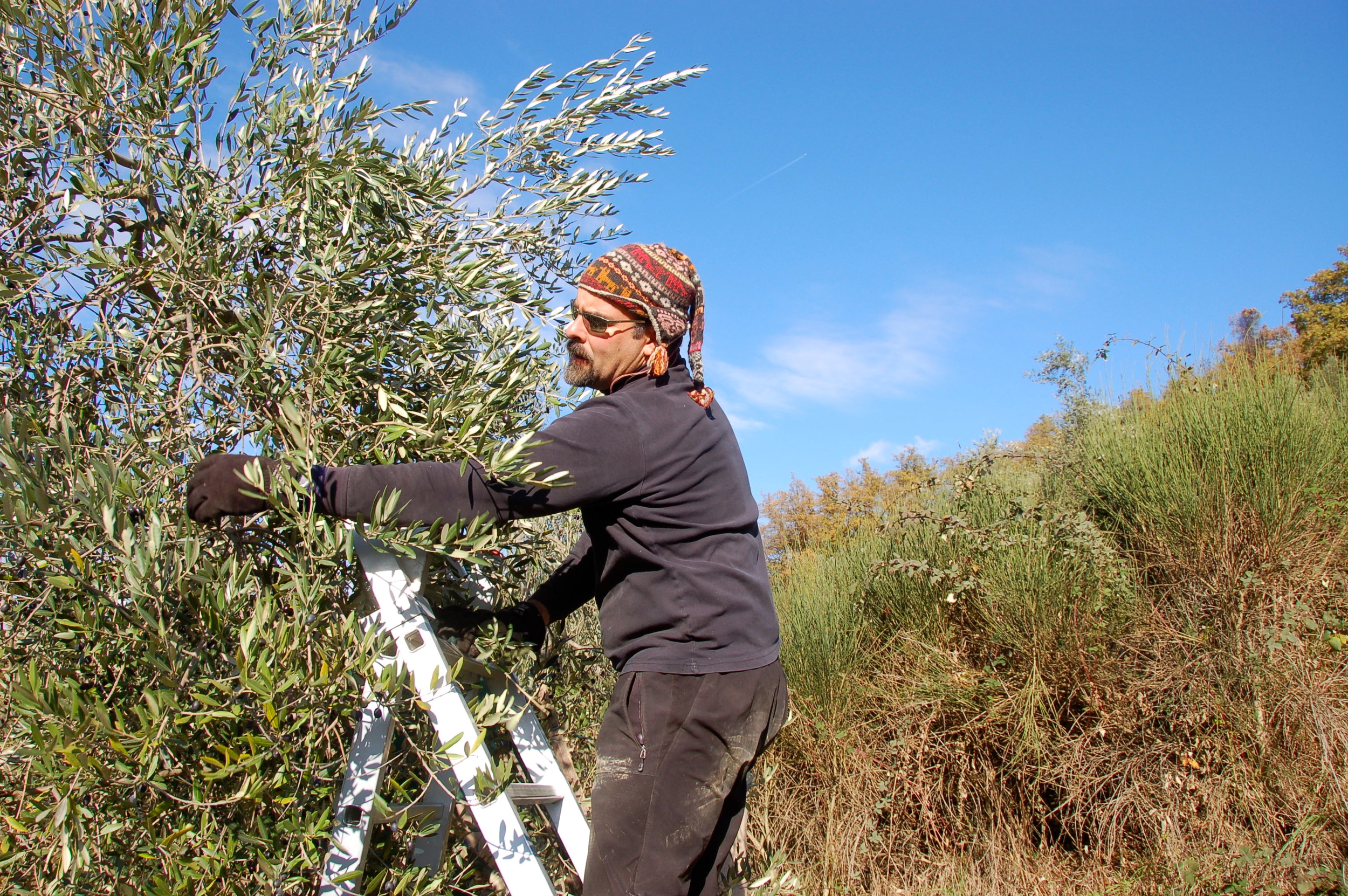Blog #9 Timelines Tracing the Trajectory of Change
/Blog #1 declared that ecosystem governance is, above all, a social and political challenge and process that shapes how groups of people and institutions relate to, and modify, each other’s behavior and the environments of which they are part. I came to this conclusion long ago when my colleague Lynne Hale and I prepared a paper for the first US national conference on coastal zone management (CZM) held in California in the late 1970s. Lynne and I compared the five-year experience of drafting Rhode Island’s CZM program, and winning its approval by the federal Office of CZM, to a political campaign. And indeed to us this was the best metaphor. For a difficult ten months the Rhode Island program had been the test case for determining whether the federal CZM approval standards would be weak - as desired by the American Petroleum Institute - or a rigorous expression of the environmental movement as argued by the Natural Resources Defense Council. At the next scale down, convincing skeptical state and federal agencies that another regulatory program would indeed make a difference brought other challenges. Findings our way through this thicket of often conflicting local and national interests felt very much like a protracted political campaign. Our candidate, however, was not a political figure, but a fresh approach to a set of complex and varied problems such as guiding residential development on shorefronts periodically impacted by hurricanes, protecting remaining wetlands, reviving the moribund industrial waterfront and positioning our fishing industry to take advantage of the newly expanded 200 mile territorial limit. For all these and other topics we based our CZM policies and regulations on a historical perspective that considers how each issue had evolved before setting forth what the Rhode Island CZM program would work to achieve in the future. This approach worked well in public workshops and helped catalyze the support of the Providence Journal, the state’s influential newspaper.
Placing current issues in their historical context has ever since remained for me a feature of the practice of ecosystem governance. Thus the third simplifying framework suggested by Blog #3 is the use of timelines as a simple technique for asking and answering the question “How did we get to where we are?” The term “we” suggests that the practitioner sees his or her role as a collaborator in the initiative. A timeline is nothing more than a simple graphic that records the sequence of events in a focal area - extending back 20 years to a century or more. As the narrative takes on substance the notations can be segregated into parallel lines - one for changes in the use and condition of the environment and the goods and services it has provided, another for the condition and activities of the people and a third that mark the responses (or the lack thereof) of the governance system to these social and environmental events. Interests and forces operating at larger scales than the focal area are also noted.
The assembly of such timelines places the analysis process on the knowledge and the beliefs of the people of the place. Key informants will emerge - people with particularly detailed knowledge and strong views on why and how events unfolded as they did. Specialized technical knowledge - be it environmental or economic - adds depth or challenge local beliefs of “this is how and why things work as they do.” I prefer the simple timeline to the more complex and demanding Driving forces, Pressures, States, Impacts, Responses (DPSIR) framework adopted by the European Environmental Protection Agency. A timeline keeps the dialogue within the community of interested stakeholders while the more complex DPSIR puts the ball into the court of a group of technical specialists. DPSIR is also focused on current conditions and does not emphasize the “how did we get here?” narrative that I find so useful.
How does a practitioner learn how the governance system within his or her focal area functions? By engaging with it! Working with those shaping the existing governance system to assemble and interpret timelines is often an effective way to initiate the engagement process. The existing governance system may be weak and susceptible to modification or it may be rigid and function as a complex network of checks and balances among many politically powerful interests and institutions. Think of the differences between the governance systems of such large marine ecosystems as the Baltic Sea as compared to the Benguela current off southwestern coast of Africa - or the coastal counties of California compared to the coastal districts of Ghana or Xiamen Island, China. The governance systems in such places are profoundly different. So are the prospects for engaging with them in order to, for example, reduce inflows of pollutants to coastal waters or reduce fishing pressure.
Skillfully applied, discussions that draw from timelines can quickly reveal how the governance system has evolved and the forces that have shaped it in response to ecosystem change. Timelines lead to the identification of eras of governance, periods of time usually of a decade or more, but often longer, in which the environmental conditions, human activities and “the rules of the game” of the governance system followed a recognizable pattern. This suggests thresholds when the ecosystem, and sometimes the governance system, has moved from state to another. I have many times been struck by how the trajectory of change in an estuary or a river delta follows the same sequence of events and is accompanied by similar eras of governance. What varies is when, historically, key thresholds are met and the speed at which change occurs. The collapse of the fisheries of the Gulf of Thailand, for example, followed a pattern remarkably similar to the collapse in Narragansett Bay. The big difference is that the collapse in Narragansett Bay occurred between 1830 and 1890 while the collapse in the Gulf of Thailand unfolded between 1970 and 2000. The similarities in the responses of the players in the governance system are particularly striking - the fishers, scientists, political figures and the governmental institutions with a stake in the game. An additional benefit of the assembly of timelines as a routine feature of ecosystem governance projects and programs is that they reveal the bigger repeating patterns of responses to ecosystem change as the Anthropocene continues to unfold.


